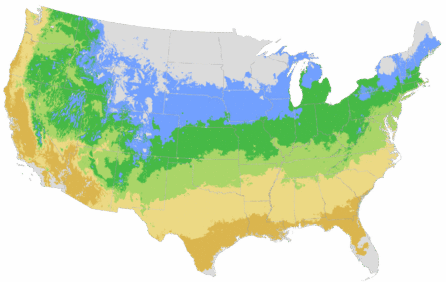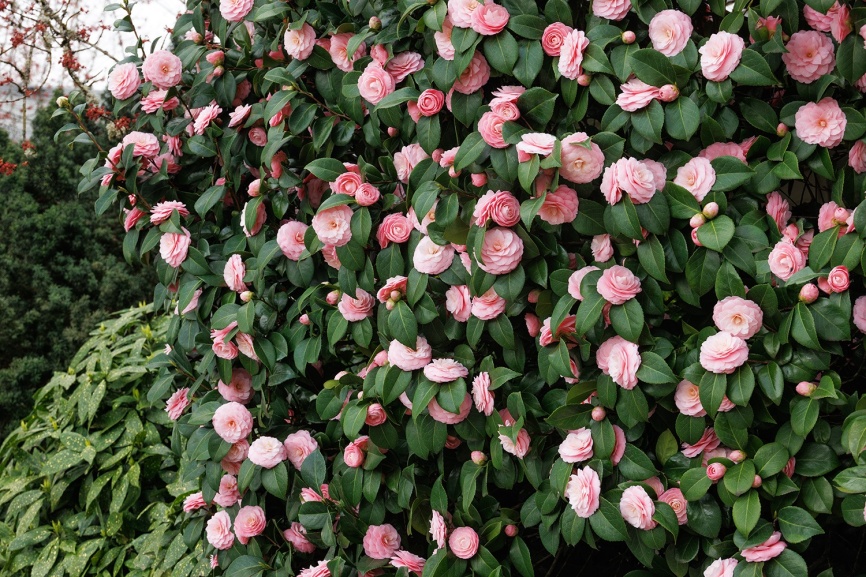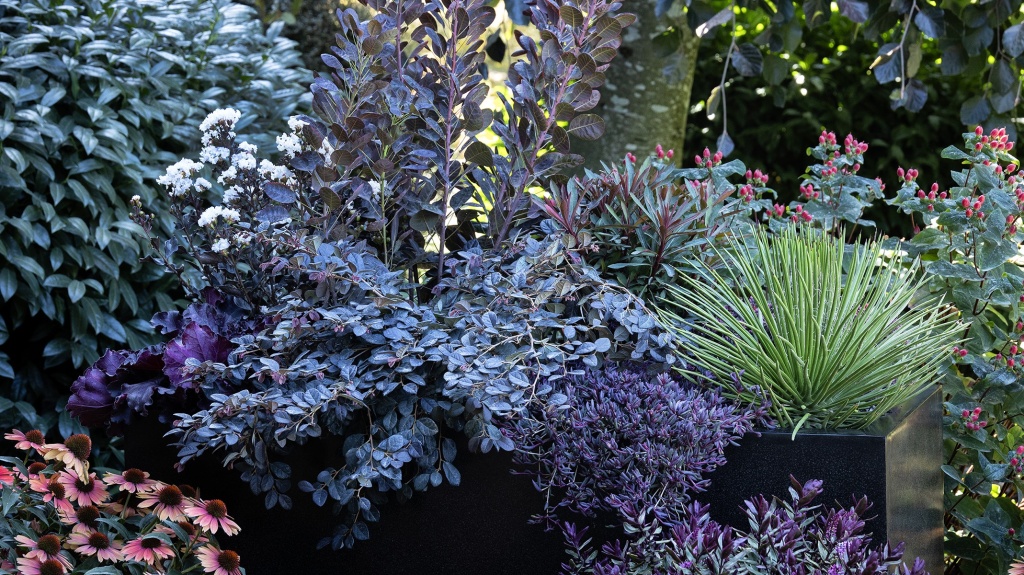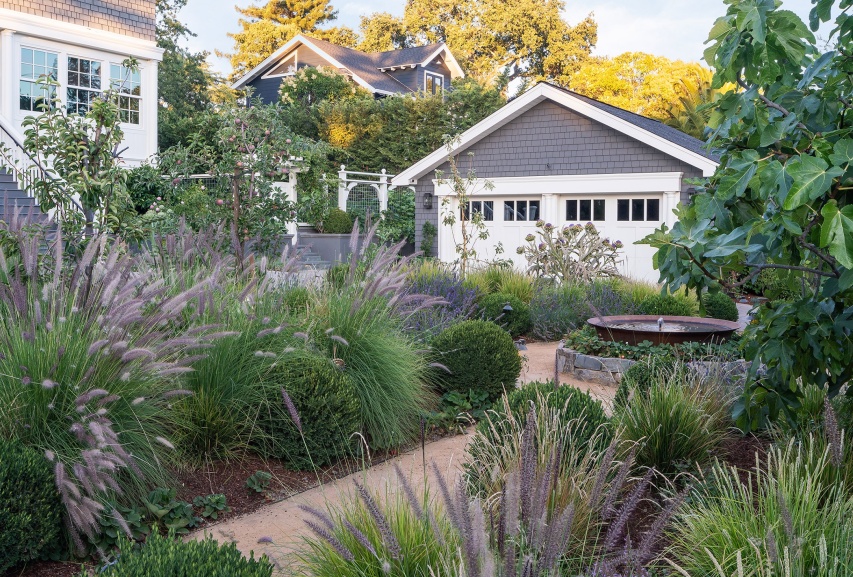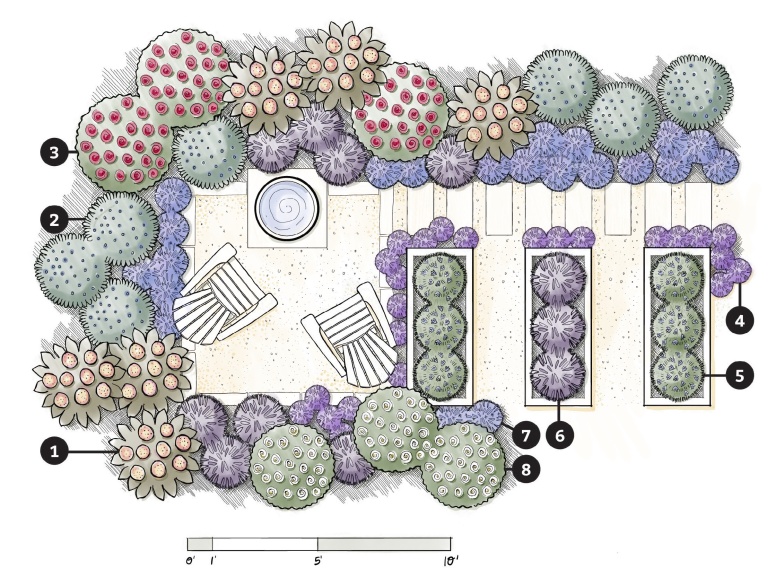You're growing in this Zip Code:
Change LocationDiscover Plants for Your Area
Bandwidth Maiden Grass
Miscanthus sinensis 'NCMS2B' PP #29,460
Retailers Near You
| Description | A versatile dwarf maiden grass with brightly banded yellow and green, rust-resistant foliage. This durable, naturally narrow, upright grass is a wonderful accent for smaller gardens, or in groupings in larger scale landscapes. Showy foliage clumps are topped by airy golden brown plumes in the fall, which persist into winter. A non-invasive cultivar. |
|---|---|
| Bloom Time | Late summer to fall |
| Deciduous/Evergreen | Herbaceous |
| Special Features | Dramatic Foliage Color, Easy Care, Improved Pest and Disease Resistance, Waterwise, Compact Form, Benefits Birds |
| Problems/Solutions | Coastal Exposure, Deer Resistant, Erosion Control, Drought Tolerant |
| Growth Rate | Moderate |
| Patent Act | Asexual reproduction of plants protected by the Plant Patent Act is prohibited during the life of the patent. |
| Landscape Use | Border, Container |
| Design Ideas | An outstanding accent for beds and borders and rock gardens. Use as a vertical among low-growing plants. Perfect near water gardens as wildlife cover and in conjunction with tiered or wall fountains to disguise mechanical pumps, filters, pipes and wires. |
| Flower Color | Brown |
| Foliage Color | Variegated |
| Companion Plants | Juniper (Juniperus); Cranesbill (Geranium); Potentilla (Potentilla); Ninebark (Physocarpus); Catmint (Nepeta) |
| Care Instructions | Easily grown in average, moist, well-drained, loamy soils. Water deeply and regularly during the first growing season to establish an extensive root system; once established, prefers consistent moisture but tolerates moderate drought. Cut foliage clumps back to 3 inches above the ground and apply fertilizer in late winter to early spring. |
| History | A maiden grass bred by North Carolina State University's Mountain Horticultural Crops Research and Extension Center, Bandwidth (M. sinensis 'NCMS2B') is rust resistant and infertile. |
| Lore | Miscanthus sinensis is native to Eastern Asia including Japan, China and Korea. Grown in temperate regions throughout the world, it has become invasive in parts of North America. The fiberous texture of the leaf is often used in papermaking. |
| Description | A versatile dwarf maiden grass with brightly banded yellow and green, rust-resistant foliage. This durable, naturally narrow, upright grass is a wonderful accent for smaller gardens, or in groupings in larger scale landscapes. Showy foliage clumps are topped by airy golden brown plumes in the fall, which persist into winter. A non-invasive cultivar. |
|---|---|
| Bloom Time | Late summer to fall |
| Deciduous/Evergreen | Herbaceous |
| Special Features | Dramatic Foliage Color, Easy Care, Improved Pest and Disease Resistance, Waterwise, Compact Form, Benefits Birds |
| Problems/Solutions | Coastal Exposure, Deer Resistant, Erosion Control, Drought Tolerant |
| Growth Rate | Moderate |
| Patent Act | Asexual reproduction of plants protected by the Plant Patent Act is prohibited during the life of the patent. |
| Landscape Use | Border, Container |
|---|---|
| Design Ideas | An outstanding accent for beds and borders and rock gardens. Use as a vertical among low-growing plants. Perfect near water gardens as wildlife cover and in conjunction with tiered or wall fountains to disguise mechanical pumps, filters, pipes and wires. |
| Flower Color | Brown |
| Foliage Color | Variegated |
| Companion Plants | Juniper (Juniperus); Cranesbill (Geranium); Potentilla (Potentilla); Ninebark (Physocarpus); Catmint (Nepeta) |
| Care Instructions | Easily grown in average, moist, well-drained, loamy soils. Water deeply and regularly during the first growing season to establish an extensive root system; once established, prefers consistent moisture but tolerates moderate drought. Cut foliage clumps back to 3 inches above the ground and apply fertilizer in late winter to early spring. |
|---|
| History | A maiden grass bred by North Carolina State University's Mountain Horticultural Crops Research and Extension Center, Bandwidth (M. sinensis 'NCMS2B') is rust resistant and infertile. |
|---|---|
| Lore | Miscanthus sinensis is native to Eastern Asia including Japan, China and Korea. Grown in temperate regions throughout the world, it has become invasive in parts of North America. The fiberous texture of the leaf is often used in papermaking. |
Retailers Near You
About Us
We have been pioneers and craftsmen in the art of growing plants for nearly
100 years. Since our founding in Southern California by Harry E. Rosedale, Sr.
in 1926, we have been absolutely dedicated and obsessed with quality.
We have been pioneers and craftsmen in the art of growing plants for nearly 100 years. Since our founding in Southern California by Harry E. Rosedale, Sr. in 1926, we have been absolutely dedicated and obsessed with quality.




